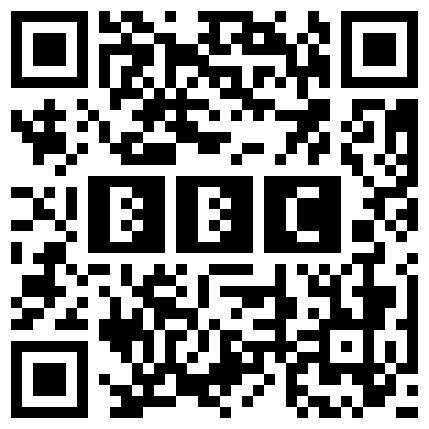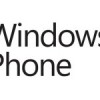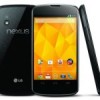Quick Response codes (QR) could well be the future of marketing. From its humble beginnings in 1994, the Japanese barcode-like image has slowly crept its way over the continents to settle down in the UK today.
Like SMS messaging and email before it, QR marketing codes have the power to influence our high-street purchases and get us involved in promotions in a less-blatant fashion than giant billboards and TV or radio ads.
Increasingly as consumers turn to smart phones, QR codes are much more accessible too than ever before. With predictions that every phone will eventually become ‘smart’ with digital reader technology, it means that those who begin to market QR codes will have the greatest understanding about what works, and what doesn’t.

Also, as the world also turns increasingly social, it is the perfect way for a brand to connect directly to a consumer whilst also remaining discrete in fashion. To some extent, scanning a QR code feels like being in a special club, secret to the outside world. Giving customers the belief that they will be rewarded for following a QR code is an incredibly enticing prospect.
Another great thing is that the amount of data that can be stored within a QR code is essentially limitless. Because it is merely a visual ‘pointer’ to a website, map location, contact details and so on. Lengthy projects, web addresses or documents can be shrunk right down and there is no need to remember anything, as long as you have your phone with you.
QR codes are incredibly compact too, which is surprising considering what they can do. They can seamlessly be integrated into any web page, printed material or even digital displays without causing too much of a stir that detracts from the main bulk of displayed information.
Plus, a simple glance at a QR code prompts intrigue among passers by. By coupling a special product promotion or revealing an exclusive item, members of the public are more likely to return to a QR code on each separate occasion time and time again.
For the producer of QR codes, they are incredibly cheap to manufacture. Printing costs are minimised due to the size and black and white nature of the code.



